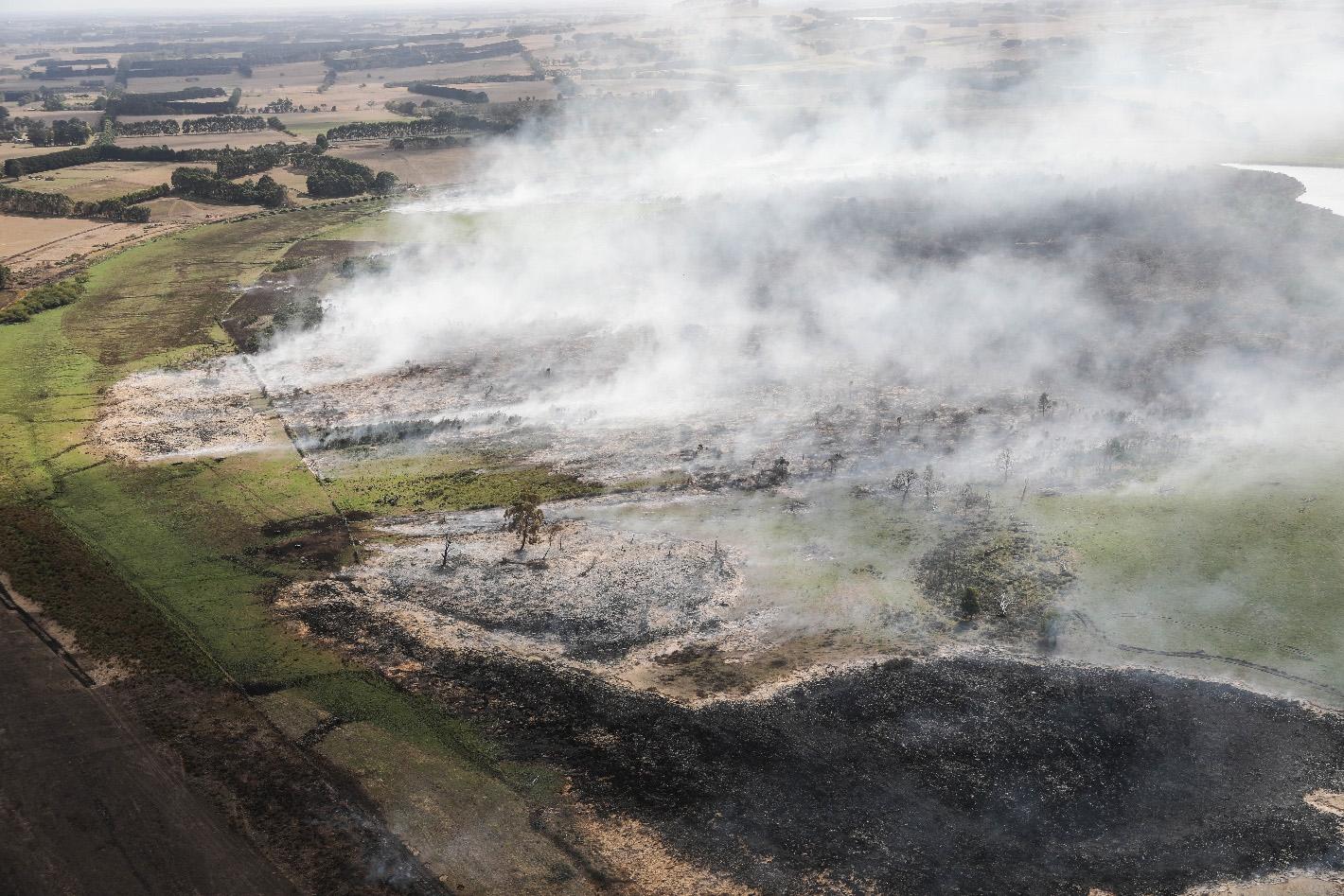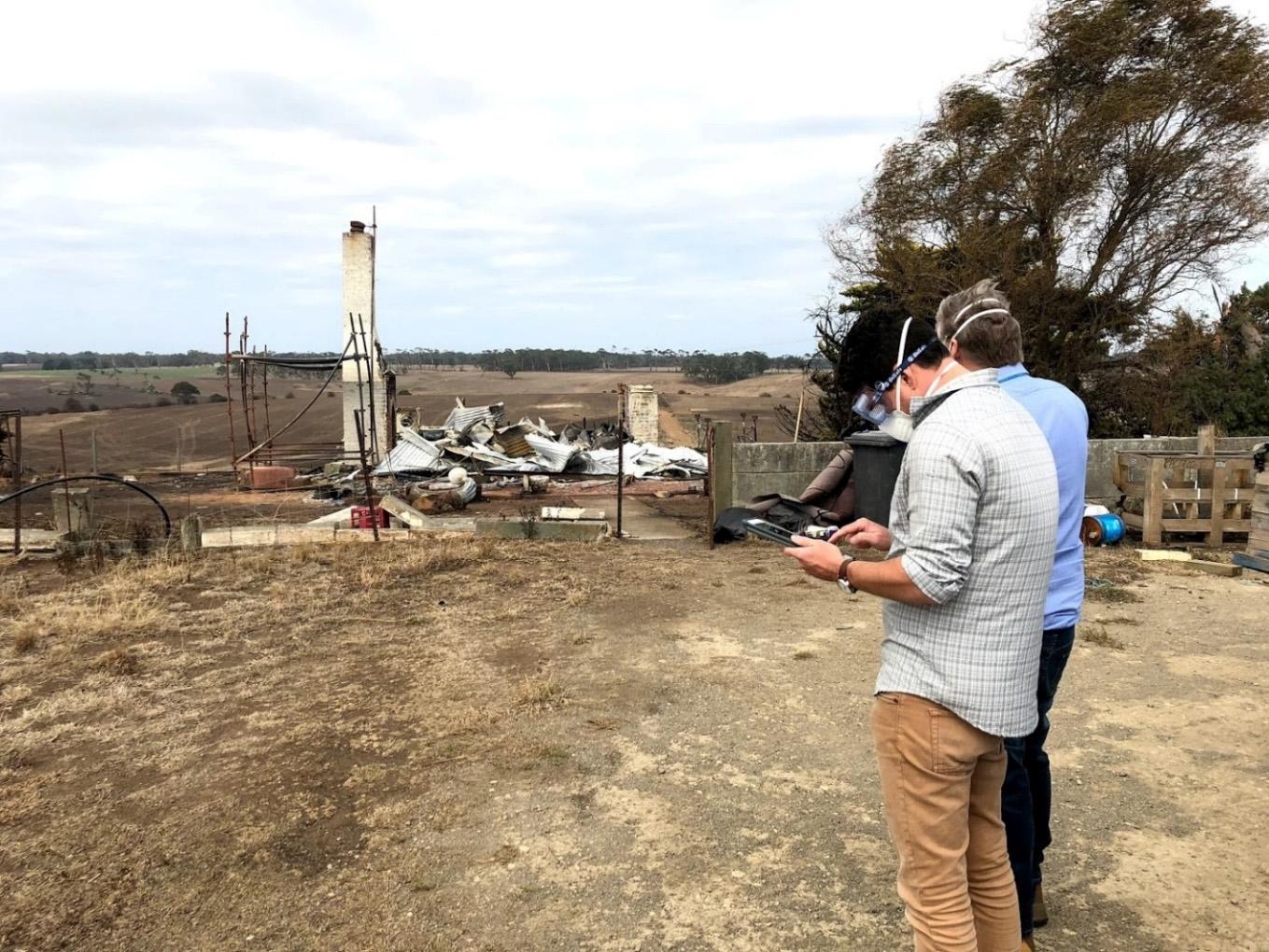
2 minute read
1.4 Structure of the review
To what extent do current arrangements for impact assessment and consequence management align with leading practice? What current examples can be identified nationally and internationally of leading practice impact assessment and consequence management? Do current impact assessment and consequence management arrangements align with leading practice? How does the sector know whether impact assessment and consequence management initiatives are supporting good decision-making? What are the recognised outcomes of impact assessment and consequence management across the sector?
What mechanisms are in place for the evaluation and continuous improvement of impact assessment and consequence management? What measures of success have been developed and to what extent do they align with community and sector expectations?
Information sources
IGEM analysed information from multiple sources to prepare this report and generate the observations, findings and recommendations.
These included:
interviews with stakeholders
documents related to relevant policies, operational procedures, guidelines and legislation stakeholder reports, reviews and evaluations data sourced from the Emergency Management Common Operating Picture (EM-COP) and the emergency management lessons management platform (EM-Share) peer-reviewed literature observations of relevant meetings, conferences, trainings and exercises stakeholder submissions and feedback
relevant emergency management committee meeting minutes, agendas and papers.
The review describes the history of both impact assessment and consequence management. The main body of the report evaluates the evidence concerning impact assessment and consequence management separately, before considering opportunities for improved integration. As noted in the background section (p.22), consequence management has had a relatively short formal time span in the sector. Hence, the knowledge, use and experience of the approach is not as widespread in the sector as more established practices, such as impact assessment. Victorian emergency events are used to illustrate observations and findings throughout the review. As there is substantial sector review and reform concerning both initiatives, greater weight will be placed on recent events. In the preliminary stages of the review, IGEM was advised that many of the new developments for impact assessment and consequence management were trialled during the South-West Fires1. As such, IGEM uses examples from this event to illustrate observations and findings in cases where there has been a recent shift in practice. IGEM conducted a field visit to speak with stakeholders holding specific knowledge of this event.
1 The South-West Fires refers to the grass and peat fires occurring in Victoria’s south-west region in March–April 2018. These fires affected farming communities in the local government areas of Moyne, Corangamite and Southern Grampians.






